Life
Sign up for our newsletter
We summarize the week's scientific breakthroughs every Thursday.
-
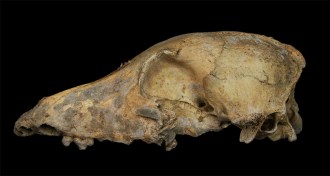 Genetics
GeneticsDog domestication happened just once, ancient DNA study suggests
DNA of ancient canines counters idea that dogs were domesticated twice, in Europe and Asia.
-
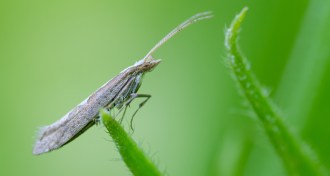 Agriculture
AgricultureGM moth trial gets a green light from USDA
GM diamondback moths will take wing in a New York field trial.
-
 Animals
AnimalsWater bears will survive the end of the world as we know it
Water bears have a till-death-do-us-part pact with the sun, study suggests.
-
 Life
LifeThese bacteria may egg on colon cancer
Streptococcus gallolyticus may goad colon cancer growth.
-
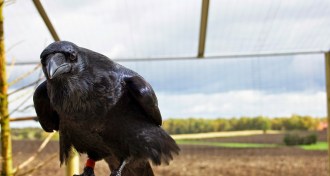 Animals
AnimalsRavens pass tests of planning ahead in unnatural tasks
Clever birds may have evolved their own broad powers of apelike thinking about the future.
By Susan Milius -
 Neuroscience
NeuroscienceBrain activity helps build an alpha male
In mice, nerve cells in the prefrontal cortex influence whether an individual is dominant or submissive.
-
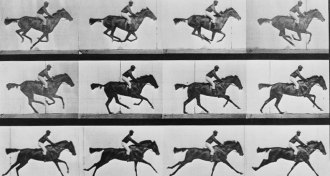 Genetics
GeneticsCRISPR adds storing movies to its feats of molecular biology
Video and images could be stored in living bacteria with a little help from the iconic gene editor, CRISPR.
-
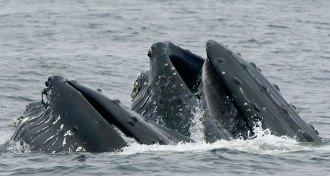 Animals
AnimalsWhales feast when hatcheries release salmon
Whales: “They’re 40 feet long and they’re feeding on fish that are the size of my finger.”
By Susan Milius -
 Neuroscience
NeuroscienceJust one night of poor sleep can boost Alzheimer’s proteins
Deep sleep may prevent the buildup of Alzheimer’s proteins.
-
 Genetics
GeneticsHow a crop-destroying fungus mutated to infect wheat
Study details how wheat got a new pathogen called blast fungus.
-
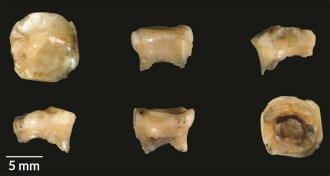 Anthropology
AnthropologyFossil tooth pushes back record of mysterious Neandertal relative
A Denisovan child’s fossil tooth dates to at least 100,000 years ago, researchers say.
By Bruce Bower -
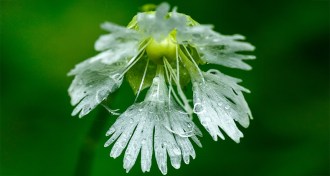 Plants
PlantsHermaphrodite wildflower has its own battle of the sexes
A new example of sexual conflict shows up in a plant with a troublesome pollinator.
By Susan Milius